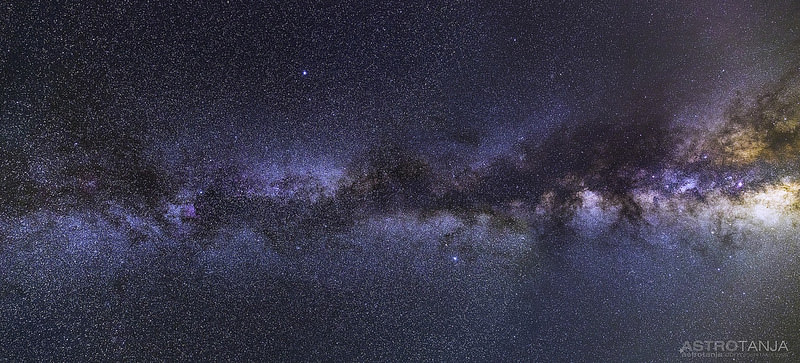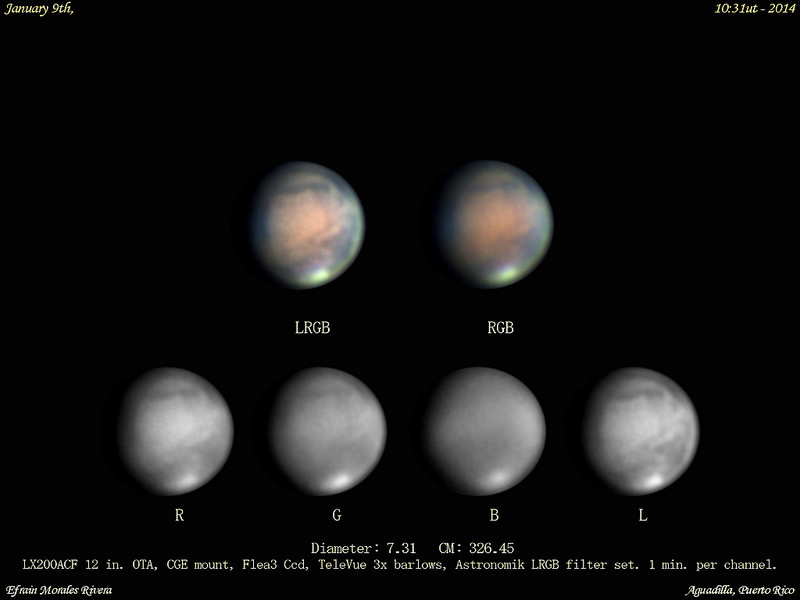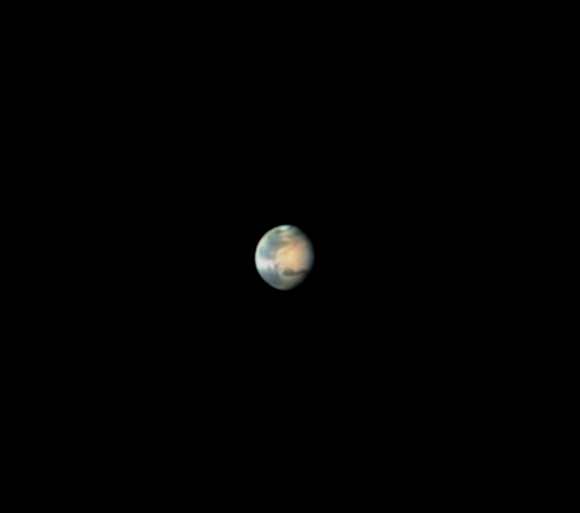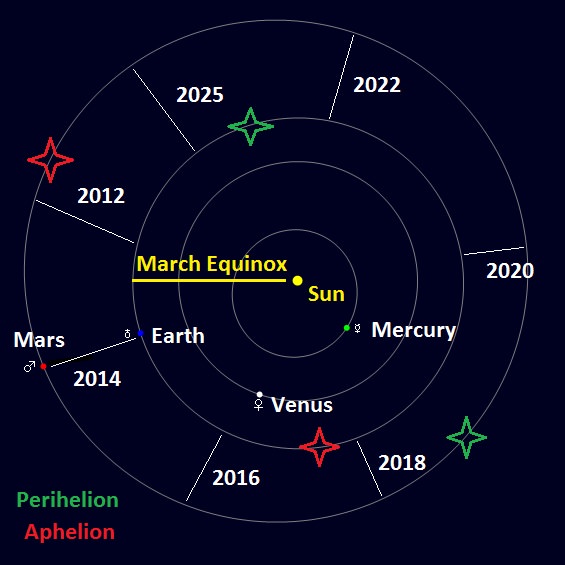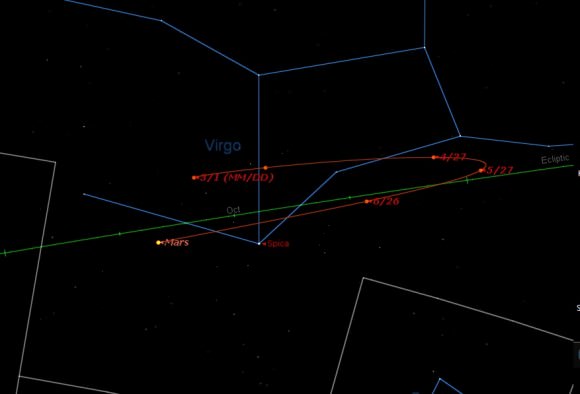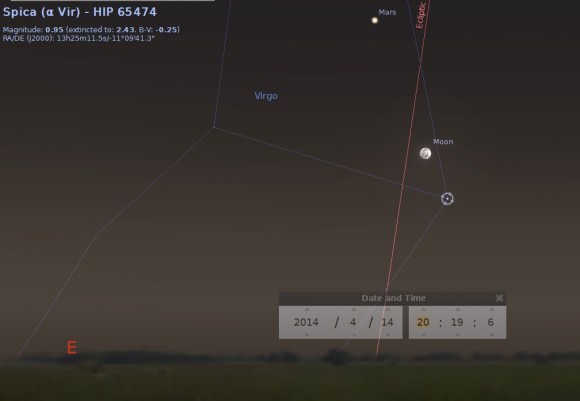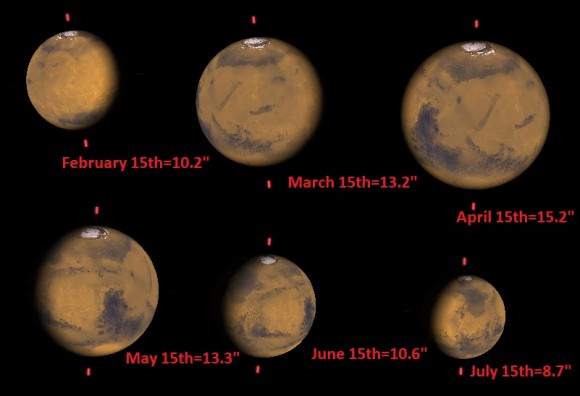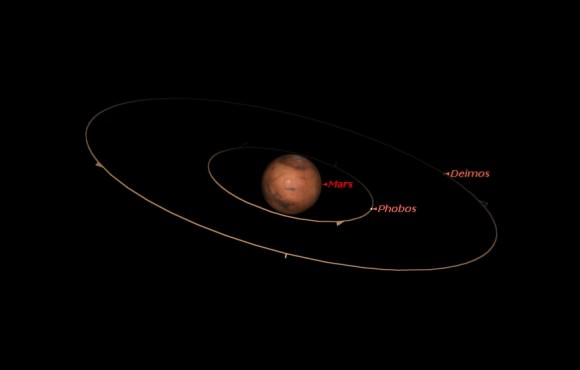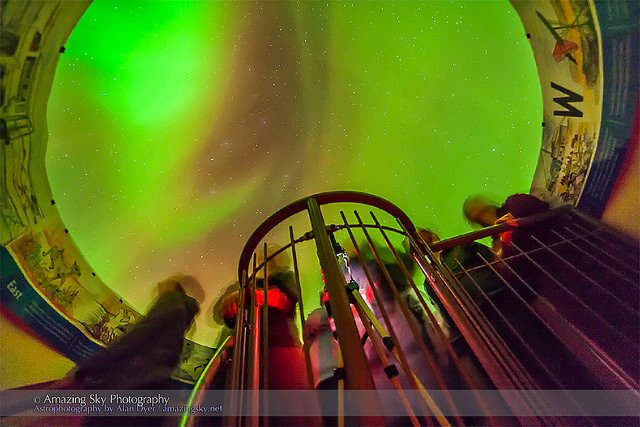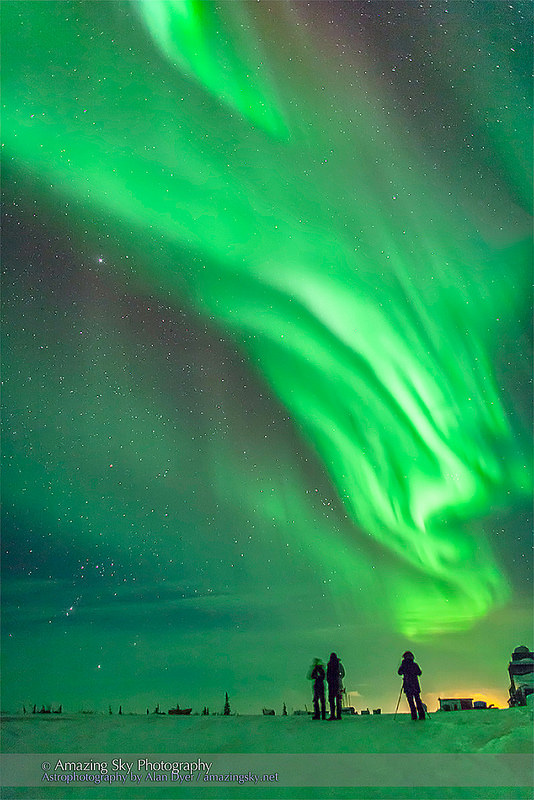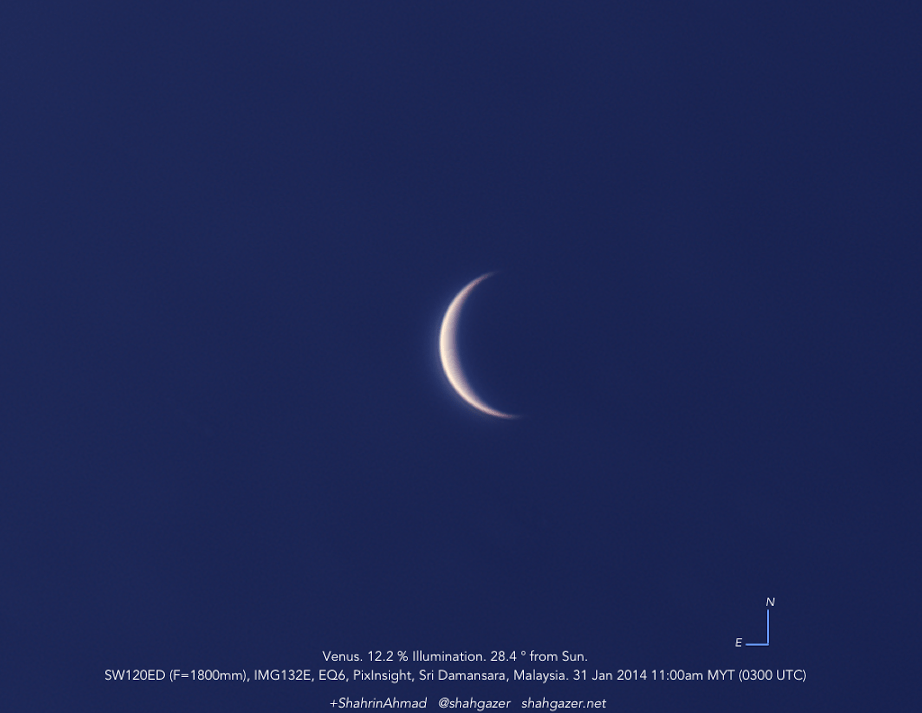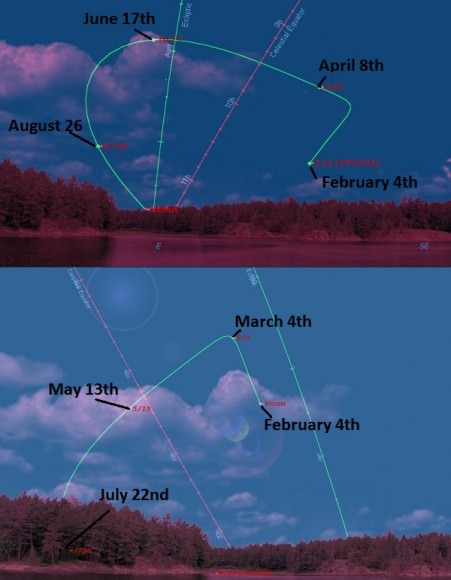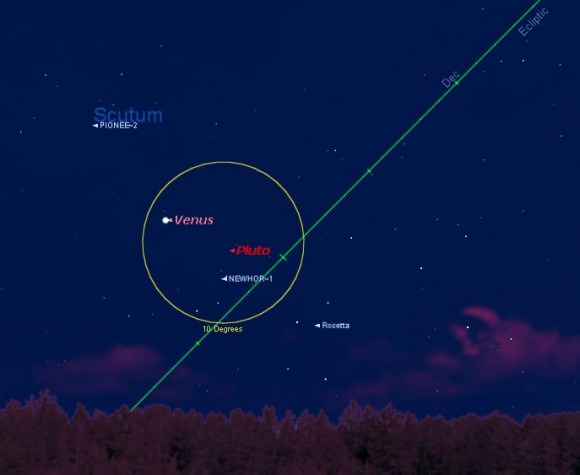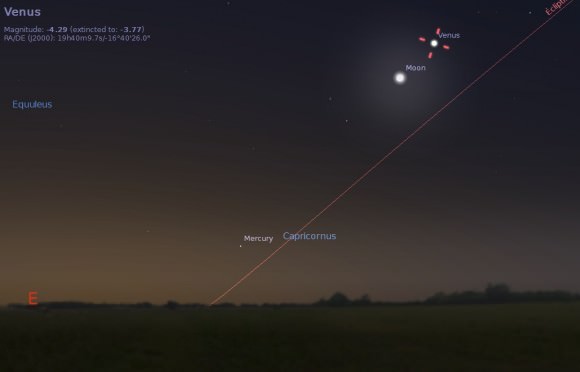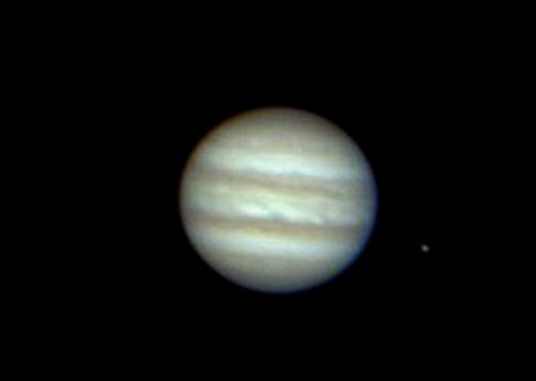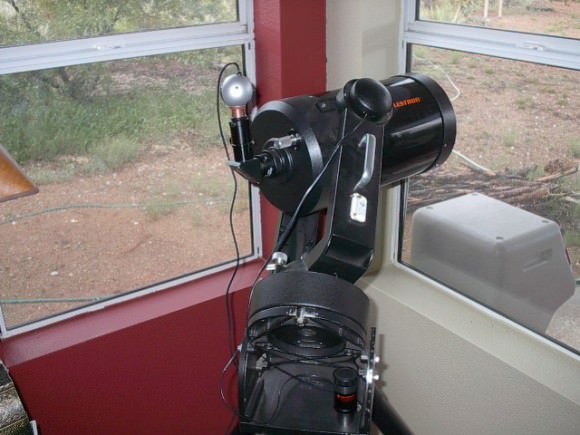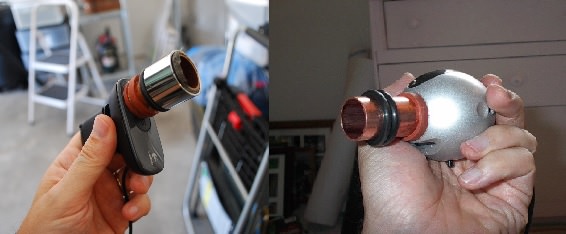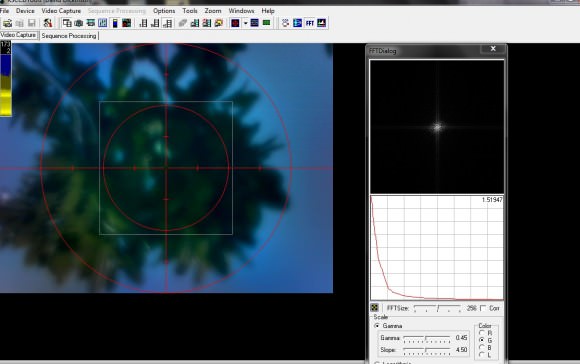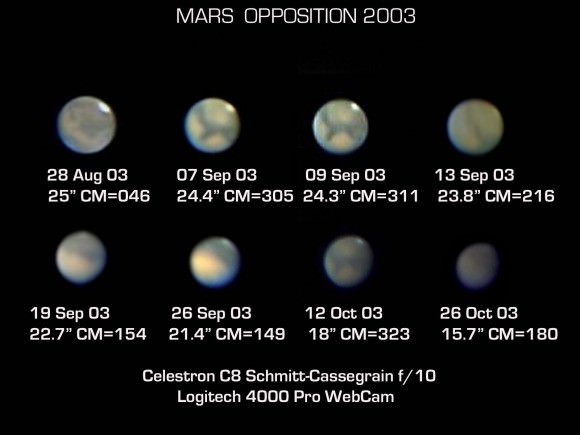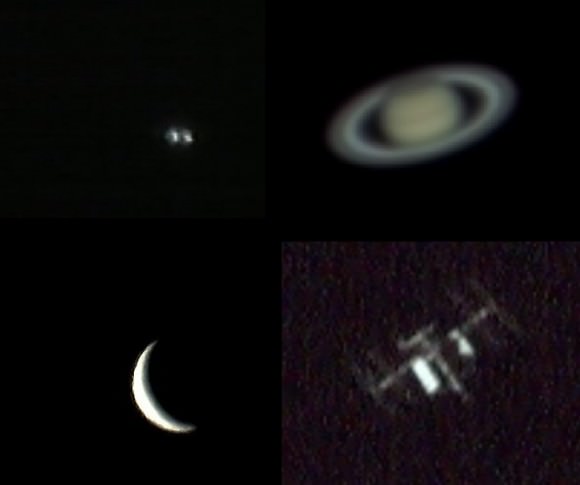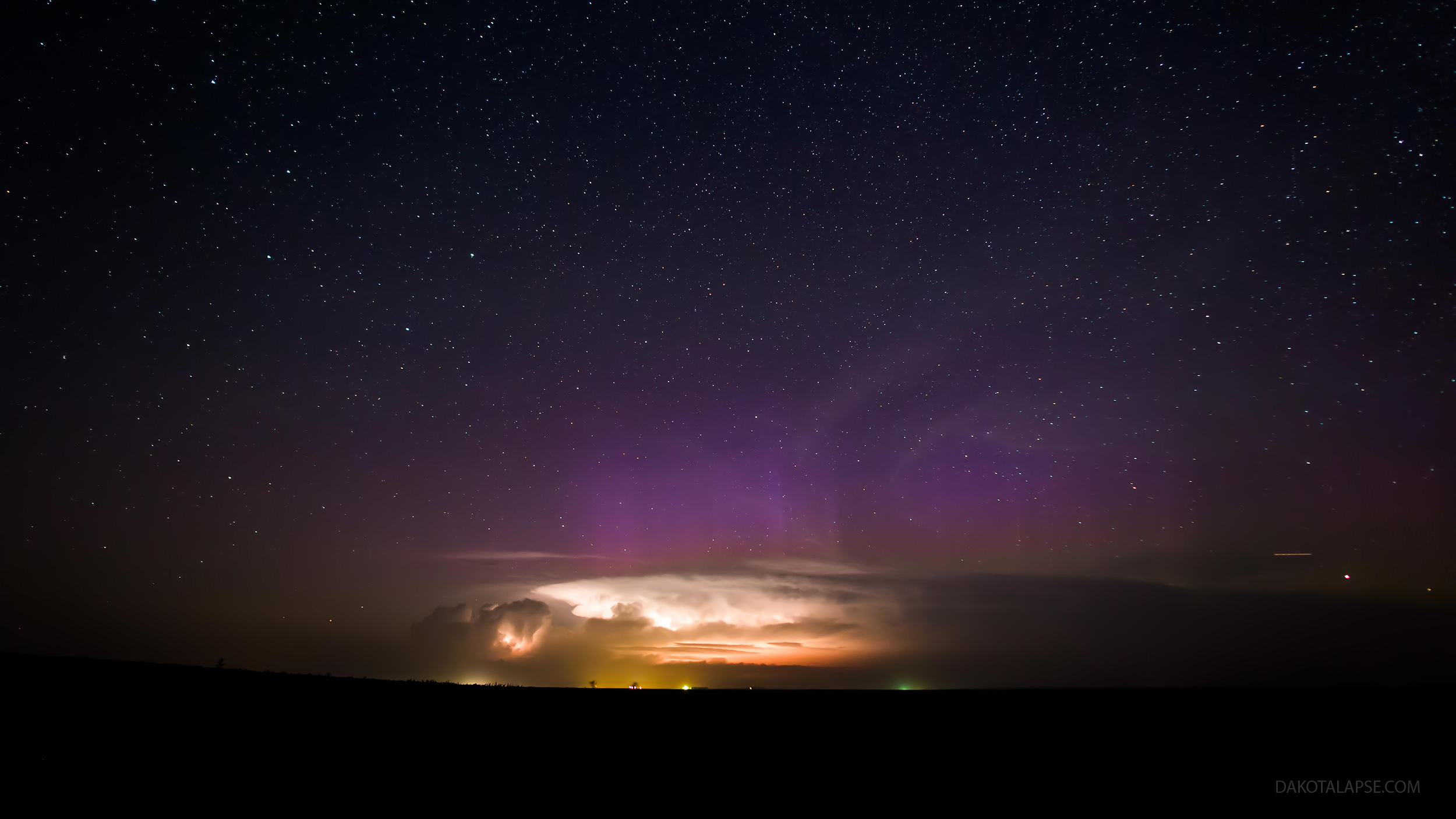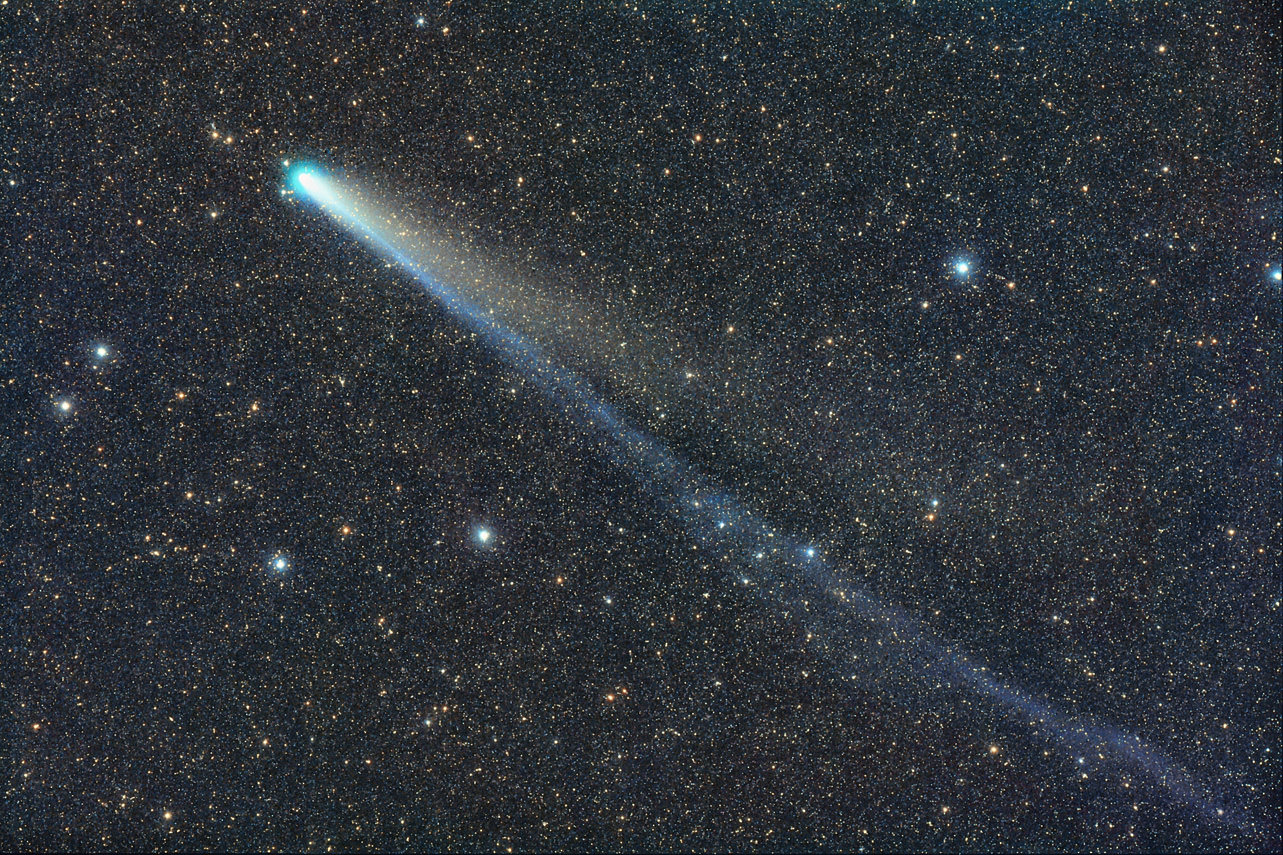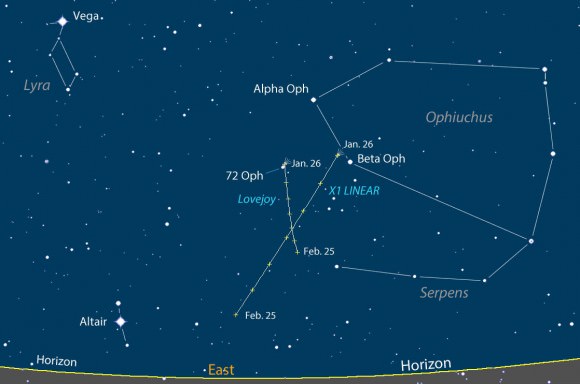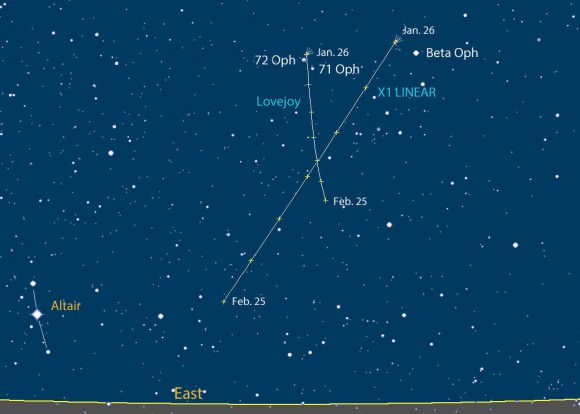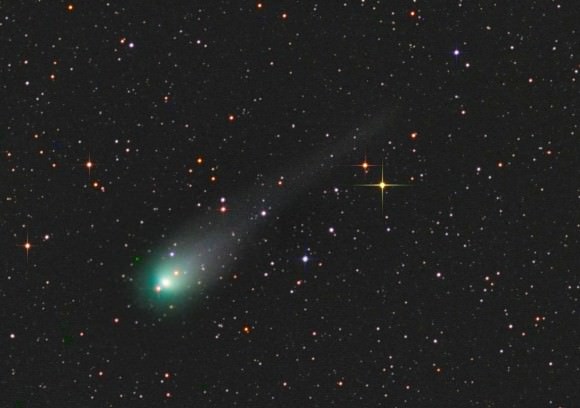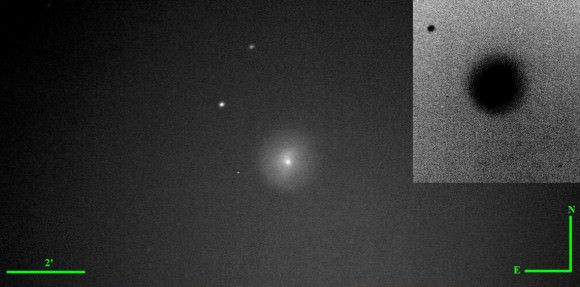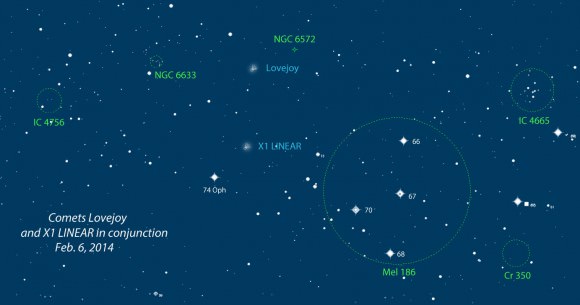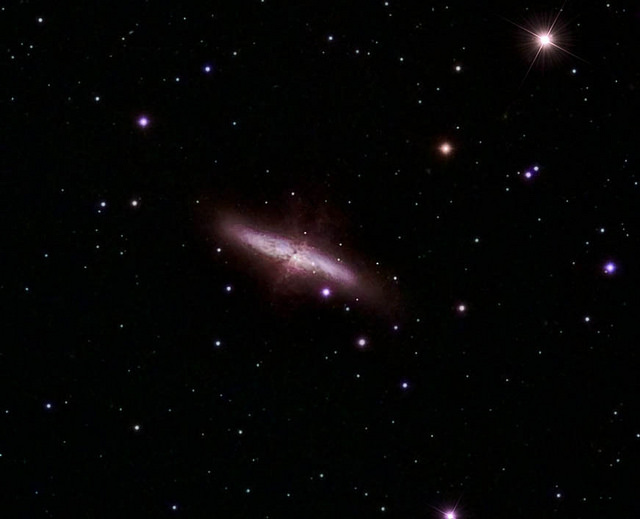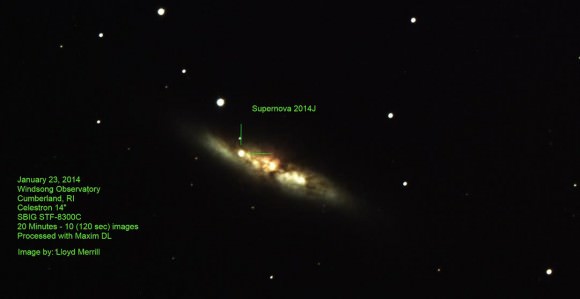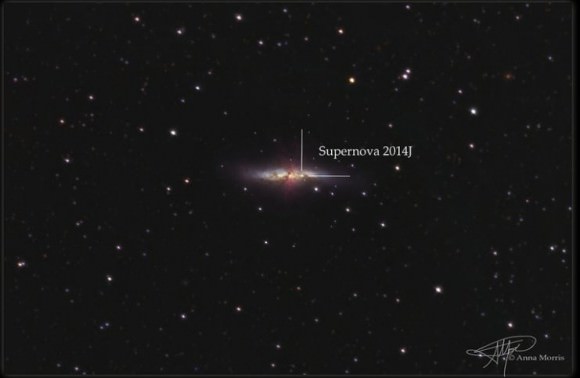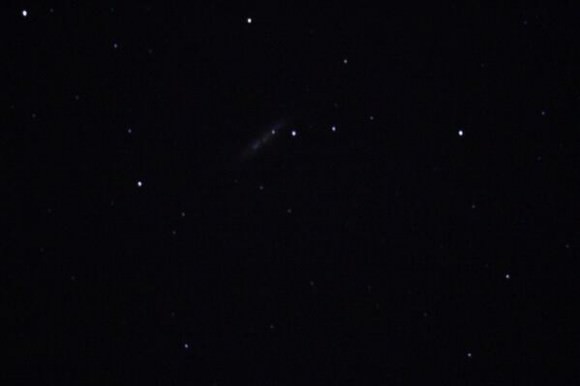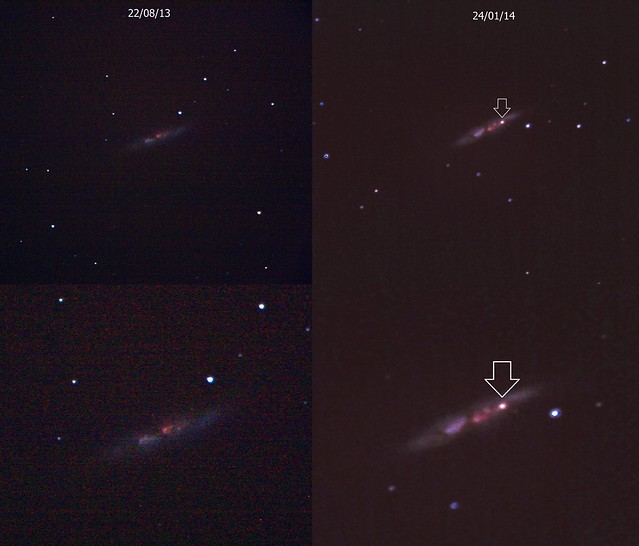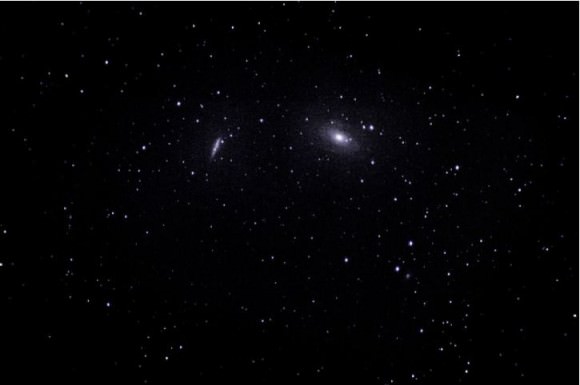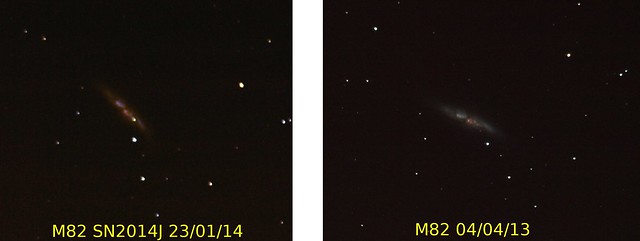Did you see it? Earlier this week, we wrote about the spectacular conjunction of the planet Venus and the waning crescent Moon this week, which culminated in a fine occultation of the planet by our large natural satellite on Wednesday morning. The footprint of the occultation crossed northern Africa in the predawn hours to greet daytime observers across southern Asia. And although the pass was a near miss for many, viewers worldwide were treated to a fine photogenic pairing of Venus and the Moon.
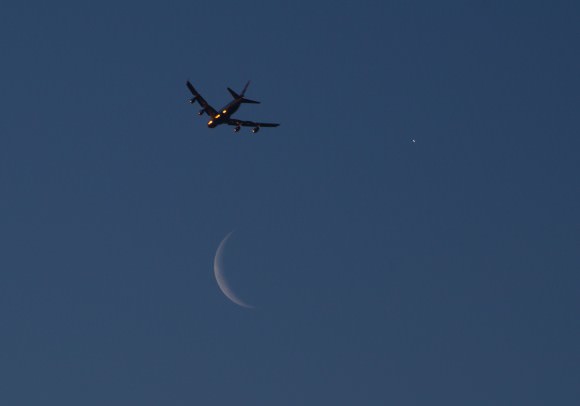
This was a highlight event of the 2014 dawn apparition of Venus, and some great pics have been pouring in to us here at Universe Today via Twitter, Google+ and our Flickr pool. We also learned a new word this week while immersed in astronomical research: a decrescent Moon. We first thought this was a typo when we came across it, but discovered that it stands for a waning crescent Moon going from Last Quarter phase to New. Hey, it’s got a great ring to it, and its less characters than “waning crescent” and thus comes ready Tweet-able.
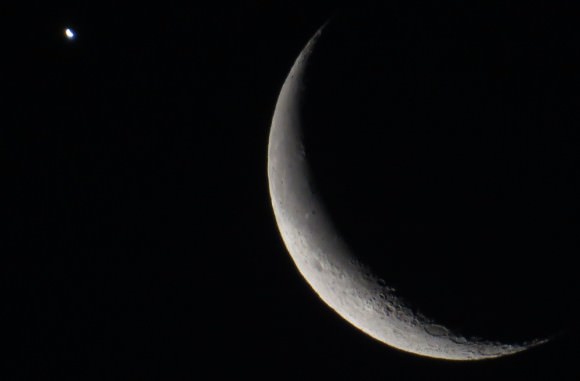
Some great video sequences have emerged as well, including this fine grazing sequence of a daytime crescent Venus brushing past the crescent Moon taken by Shahrin Ahmad:
Shahrin journeyed to the northern tip of Peninsular Malaysia to the town of Perlis near near the Thai border to capture the graze. “It was a really close event,” he noted. “Today, the clouds began to appear and posed some real tense moments during the occultation.”
And although many weren’t fortunate enough to be in the path of the occultation, many observers worldwide captured some very photogenic scenes of the conjunction between the Moon and Venus as the pair rose this morning, including this great video sequence from Ryan Durnall:
And clear skies greeted a series of early morning astronomers worldwide, who shared these amazing images with us:
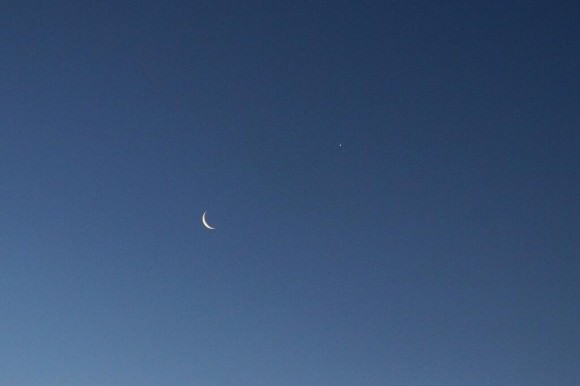
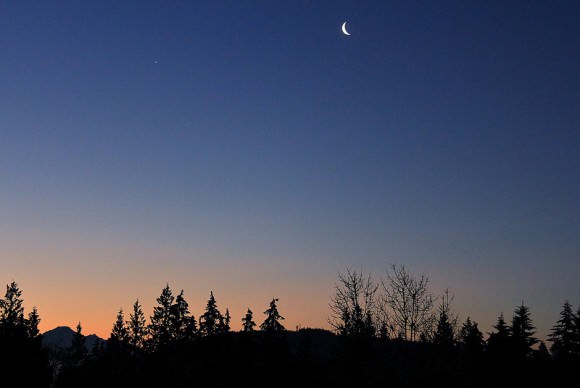
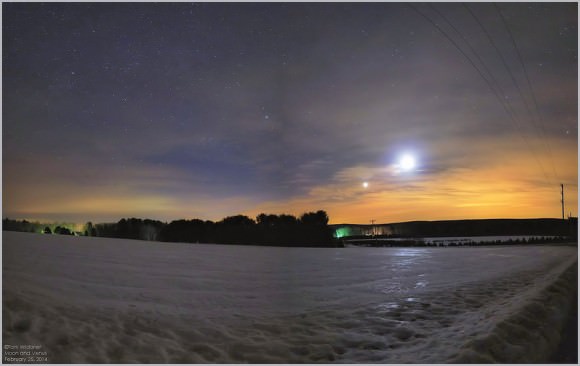
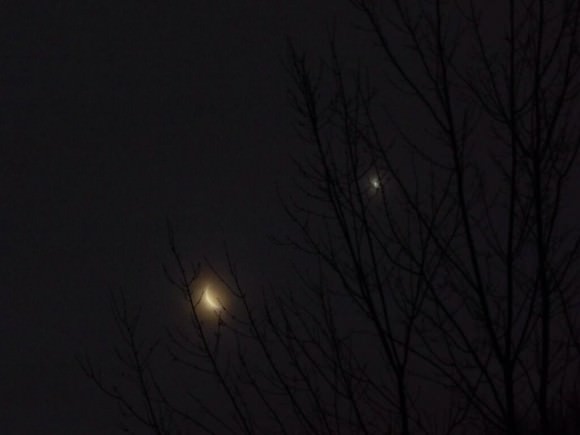
John Chumack was also up early this morning and was able to capture this fine image of the pair rising above the University of Dayton’s PAC Center:
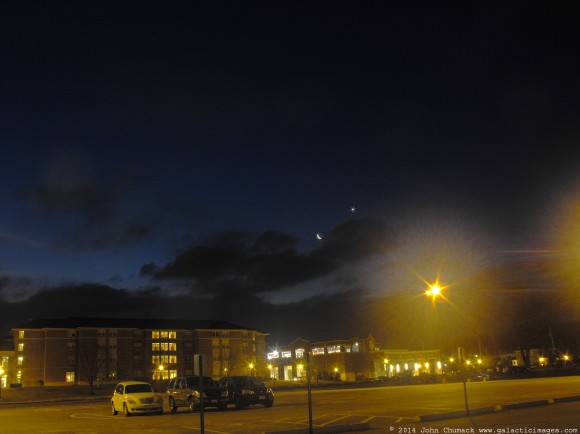
“All I had available was a point and shoot camera (not even mine!)” Chumack told Universe Today. “I’m surprised it came out okay, considering all the ambient light on Campus!!!” Chumack used a Fujifilm Finepix S1000 point and shoot camera, and went sans tripod, doing a 2″ exposure with the camera perched atop a trash can. The results of this ad hoc setup look great!
Astrophotographer Giuseppe Petricca based in Pisa, Italy north of the occultation path also grabbed this outstanding closeup image of the crescent pair:
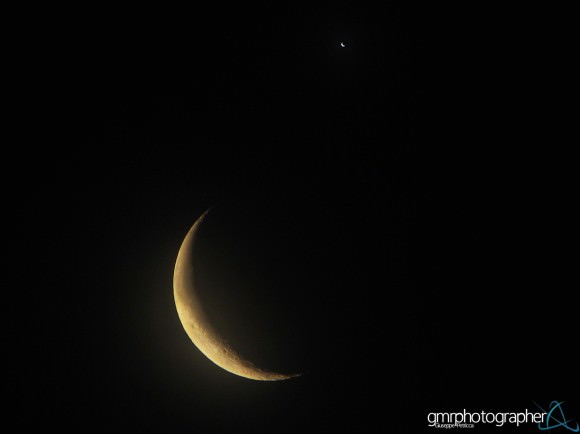
“This morning was awesome!” Petricca told Universe Today. “The weather forecast showed a compact high layer of clouds, but there were enough gaps between them that allowed me to see the conjunction in a lot of different moments.”
You can compare and contrast the twin crescents of Venus and the Moon evident in the above image. “You can easily see the phase of the Planet Venus and a lot of details on the lunar surface, despite the high clouds that partially blocked the view sometimes!” Petricca noted.
And finally, I give you our own humble entry, a conjunction over suburbia snapped pre-caffeination:
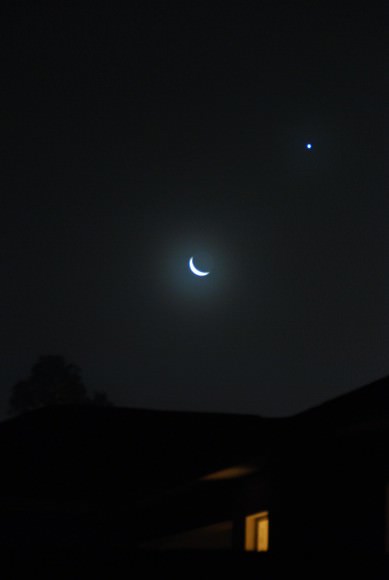 We think its great that you can sometimes catch a memorable glimpse of the celestial even from your own doorstep.
We think its great that you can sometimes catch a memorable glimpse of the celestial even from your own doorstep.
And when is the next occultation of a planet by the Moon? That would be next month, when Saturn is occulted by the waxing gibbous Moon for South Africa and Brazil after sunset on March 21st, 2014. We’re in the midst of a cycle of occultations of the ringed planet by the Moon, occurring every lunation through the final one this year on October 25th.
The next occultation of Venus occurs on October 23rd 2014, but is only one degree from the Sun and is unobservable. The next observable event occurs on July 19th 2015 for northern Australia in the daytime, and for a remote stretch of the South Pacific at dusk.
And its still not too late to spy Venus in the daytime today, using the nearby Moon as a guide. Here’s a handy simulation to aid you in your quest generated for mid-noon, February 26th:
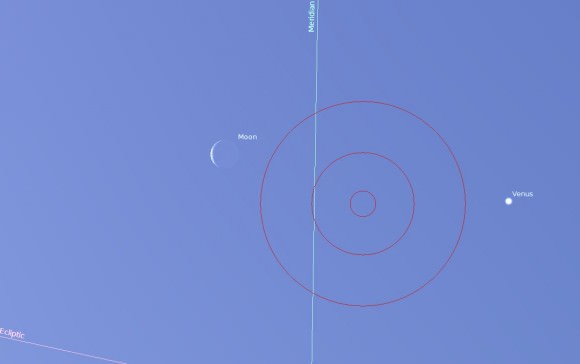
And finally here’s handy chart of maps of occultations of Venus by the Moon for the current decade, just click to enlarge:
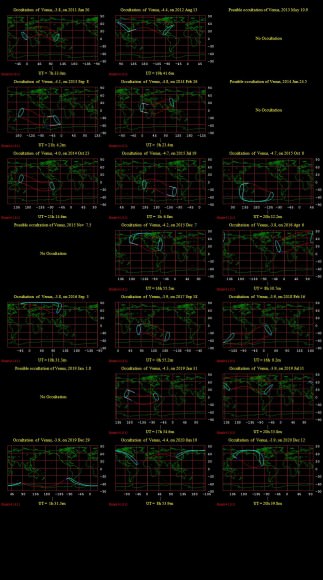
Enjoy!


